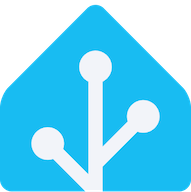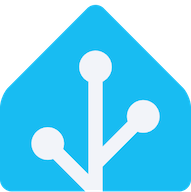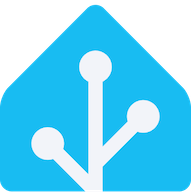Local = Reliable

Welcome to the November edition of the Open Home Foundation newsletter, the place to learn about the latest and greatest things for your smart home that improve its privacy, choice, and sustainability.
The Open Home newsletter is written by Paulus Schoutsen - President of the Open Home Foundation, founder of Home Assistant, and Nabu Casa. Was this email forwarded to you? Subscribe here!
Year-end is fast approaching, and even though we have some big things cooking away in the background, there are still some significant updates for the Open Home this month. Including updates to the Home Assistant roadmap, a release with new dashboards and faster cameras. But first, I want to talk about how we can make the smart home more reliable.
The Open Home should be reliable
When you're building a system that runs your home - that runs your life - inevitably, it will end up being responsible for a lot of important things. It always starts simple. Automate the lights at night, or a reminder to put the trash out. Eventually, the tasks grow, and soon it could be helping keep your chickens warm, detecting if your aquarium pump dies, or notifying you when the faucet starts leaking. Maybe it will let you know when smoke is detected or when the sump pump is fighting a flooded basement. The system might even end up helping others; did you know that volunteer firefighters use Home Assistant to help streamline their ability to respond to emergency calls?
With these responsibilities, it is important that the system works. Always. All the time. Today I want to zoom in on a specific aspect of the smart home: reliability.
To improve the reliability of your smart home, it is important to reduce the number of its dependencies. There is one dependency that undermines the reliability of a smart home the most: if it relies on the cloud to function.
As the saying goes, the cloud is just someone else's computer that you connect to via the Internet. While Internet technology has become more reliable over the years, it's not infallible. Maybe a road crew accidentally cuts the fiber line to your home, or CrowdStrike decided to push out another bad update that takes down the server infrastructure your smart home relies on. The odds of these outages coinciding with a serious event, like a flood or fire, that requires your cloud-connected smart home to spring into action may be small, but they shouldn't be overlooked.
When the shit hits the fan, your home needs to work. You need to be able to turn on the lights, your automations need to fire as quickly as possible, and notifications need to be delivered. Your internet working should not be a factor in any of this happening.
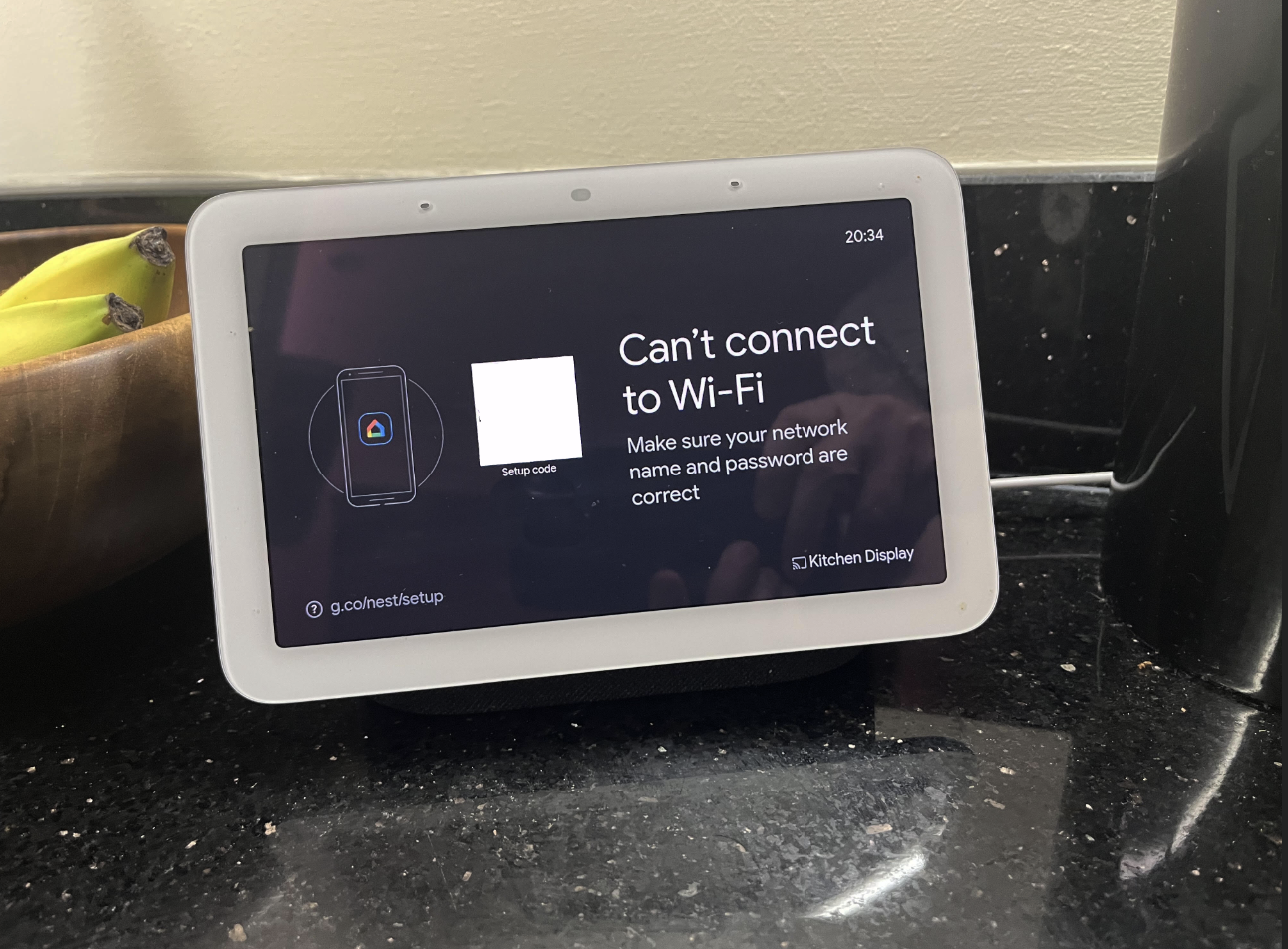
If you want a smart home that works and is reliable, go with open standards. The smart home standards Zigbee and Z-Wave both work entirely locally, and they’ve been doing this for 19 and 25 years respectively! They both have their own radio frequency, so even a Wi-Fi outage won't stop them from working. The new Matter smart home standard will also continue to work, although it requires a user to have a Thread and/or Wi-Fi network for devices to communicate.
And yes, your smart home hub needs to be able to function locally. You should be able to check your dashboard to see what is happening, and your automations should continue to work. And that's exactly how Home Assistant is architected. Home Assistant will interface with cloud services, and it will retrieve the information it needs. All of Home Assistant’s processing and storage of your data is always happening at your home.
Your smart home shouldn’t be beholden to anything outside of your home to function. There is no benefit from having it run in the cloud, but that’s not to say there aren’t sometimes benefits to connecting to a cloud. Local control will always be faster, more private and just generally stops device manufacturers from turning your data into a product. So, let's continue to embrace local-first open standards and build a reliable Open Home.
Roadmap 2024 Year-end Update

At the State of the Open Home in April this year, we introduced our first roadmap to our community. As part of that, we promised to update our community every six months on our progress, and this month we gave our first update to our public roadmap. The long and short of it is that we are making great progress, accomplishing everything we set out to do, and are now moving on to new priorities.
Our accomplishments include more organized automations, easy and intuitive dashboard customizations, improved assist, and local LLM infrastructure. We’re now looking to make automations easier to create, making the default dashboards useful and relevant, making Assist easy to start with, and investigating product opportunity gaps on privacy.

2024.11: Slick dashboards and speedy cameras
Watch the full release party live stream
This month, Home Assistant made its new Sections dashboard generally available after an experimental phase. When you create a new dashboard view, it will be a Sections type. With intuitive resizing and drag-and-drop, dashboards have never been easier to create and personalize. This release includes a way to convert individual dashboard views from the old masonry view layout to the new Sections view layout.
To top it off, this release also supports faster, lower-latency camera streams using WebRTC - available to all Home Assistant users thanks to the Open Home Foundation providing the network infrastructure. This change has to be seen to be believed, so check out our feature showcase video to see it in action. The ability to use WebRTC in more places via a relay server (TURN server) has been added to the Home Assistant Cloud subscription, at no additional cost. Providing another great feature while supporting the Open Home Foundation.

Event wrap-up - GitHub Universe '24

I devoted a lot of the last newsletter to our trip to GitHub Universe, but if you want more on that fantastic week, check out the detailed event wrap-up from Missy, Home Assistant’s Community & Social Media Manager. She goes into detail on our community meetup, our booth in the open source zone, the day 2 keynote we spoke at, the awards, and Home Assistant being announced as the biggest open source project of 2024.

Home Assistant Yellow gets CM5 support in HAOS 14

In case you missed it, Raspberry Pi announced their Compute Module 5 (CM5) today. Thanks to Raspberry Pi providing us with an early sample, we have added CM5 compatibility to the Home Assistant Yellow. This gives current and future users a great option to get more power when they need it. That said, the CM4 is still more than enough for most Home Assistant users, so upgrade when you feel you need to (and reuse your old device for another cool project!). The Open Home Foundation fights for privacy, choice, and sustainability in the smart home - Yellow achieves all three, and this announcement only improves the choices available and long-term sustainability 🌍.
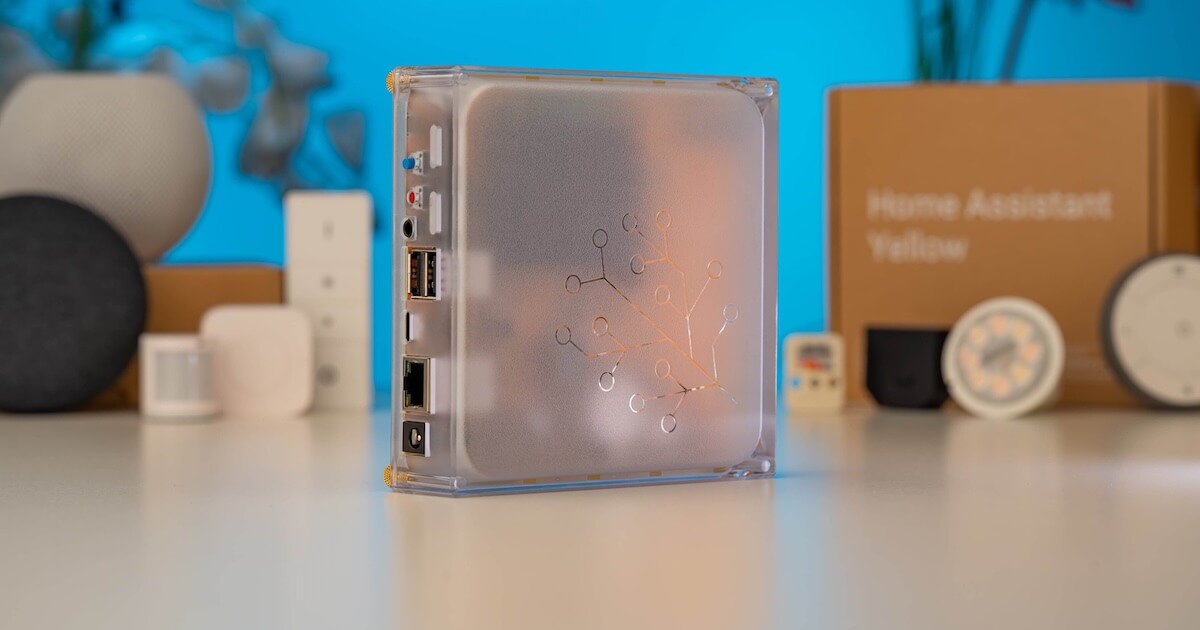
Community highlights
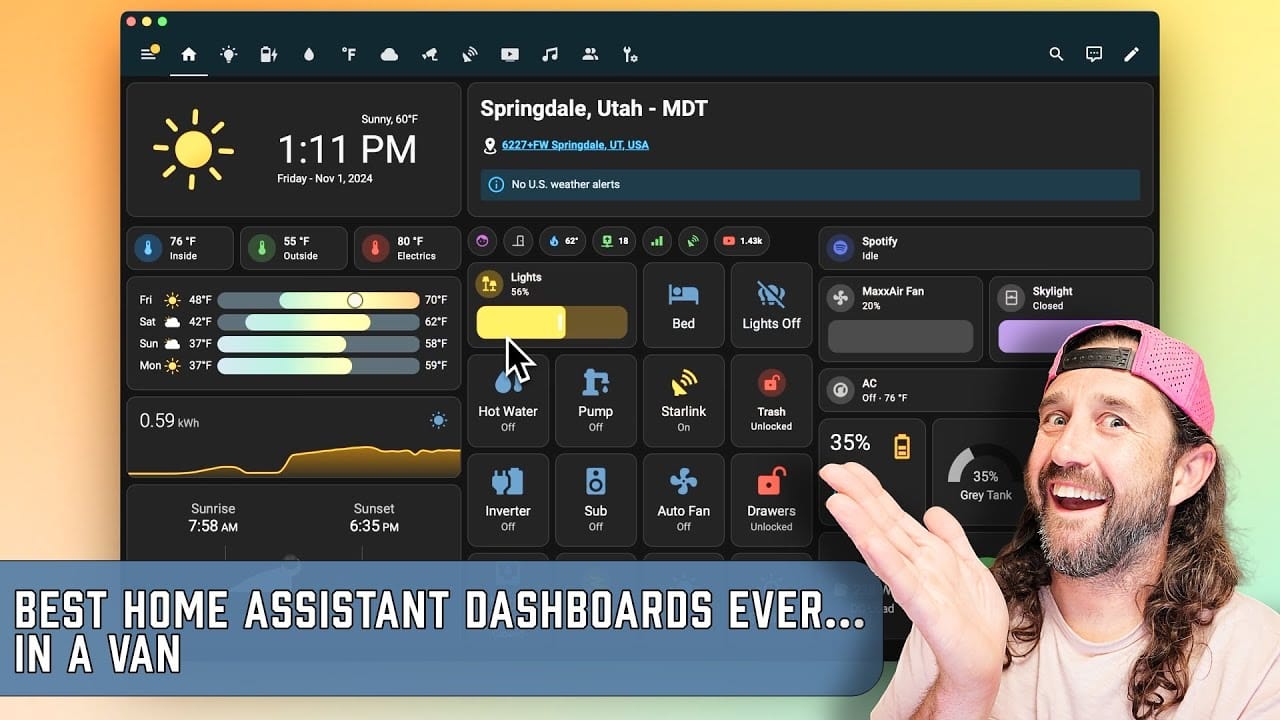
A mobile smart home
Here is a Home Assistant system built for a van by YouTube creator Smarty Van. Home Assistant can really work anywhere!
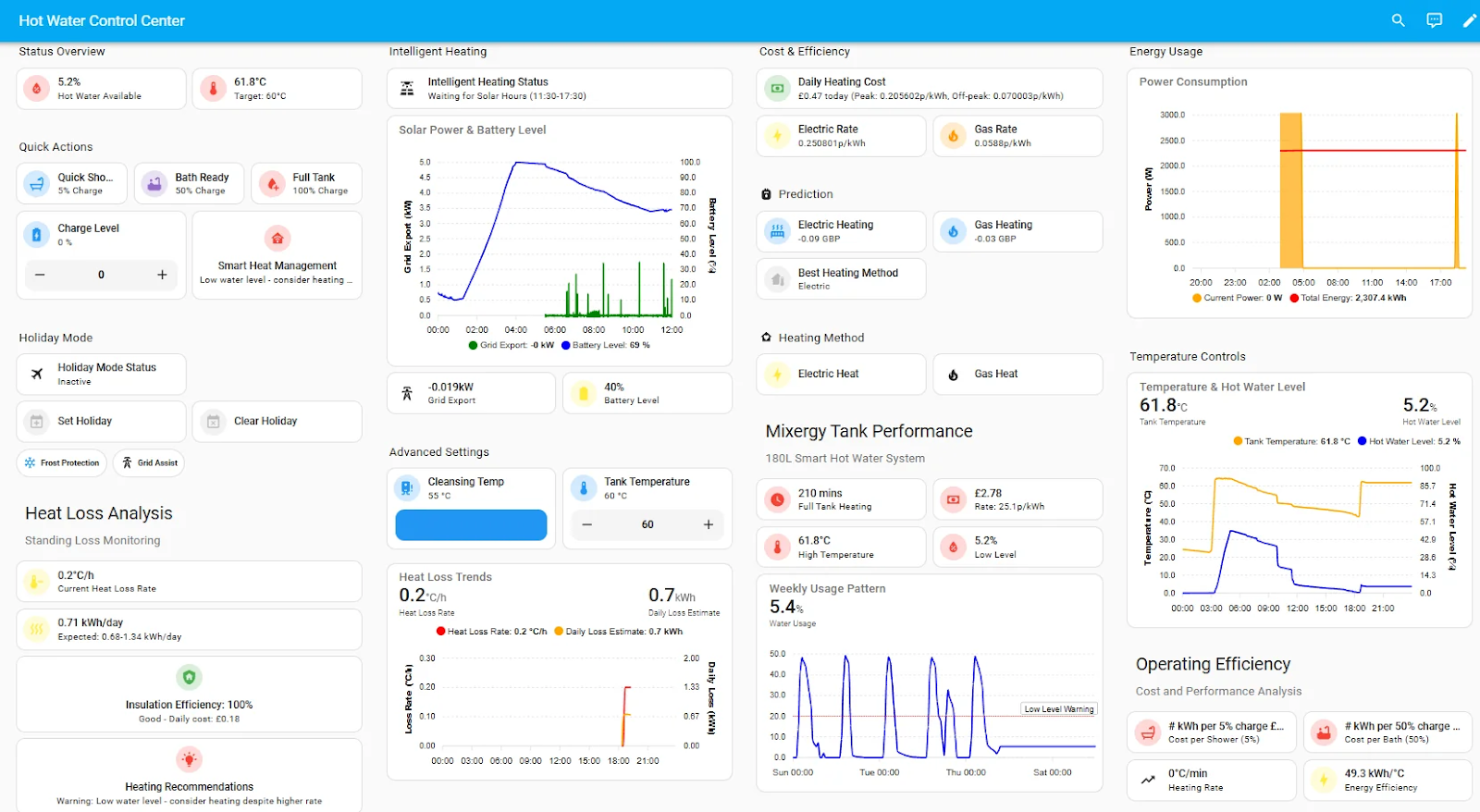
Hot water in incredible detail
Here is a really detailed dashboard from u/ByzantiumIT for Smart hot water tank, and it can track everything from solar input to heat loss.
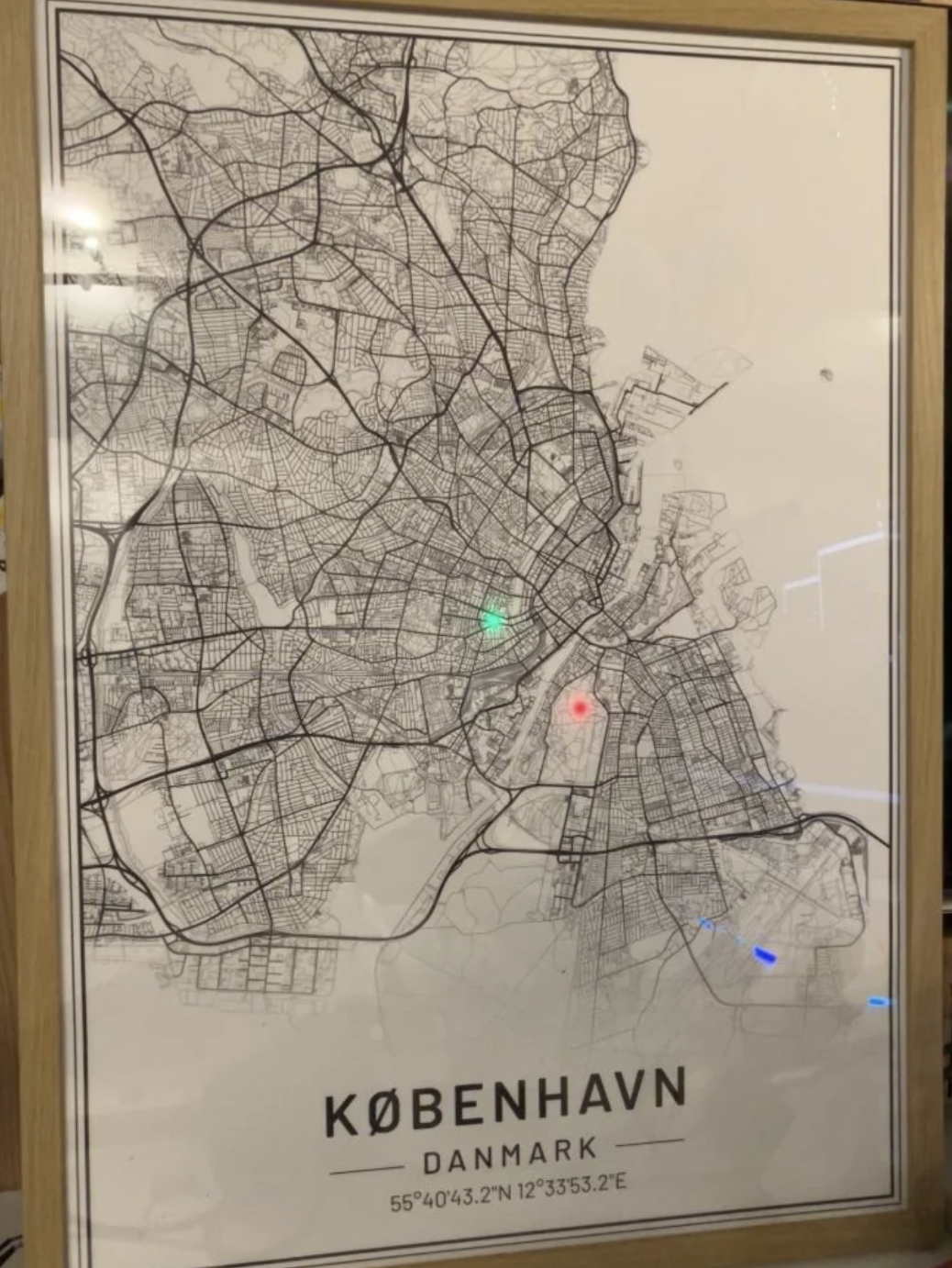
Old-school map meets LEDs
I have a map on my dashboard.. u/sysvival turned a map into a dashboard. Here is a map with multicolor LEDs behind it to track the general location of people when they’re away from home.
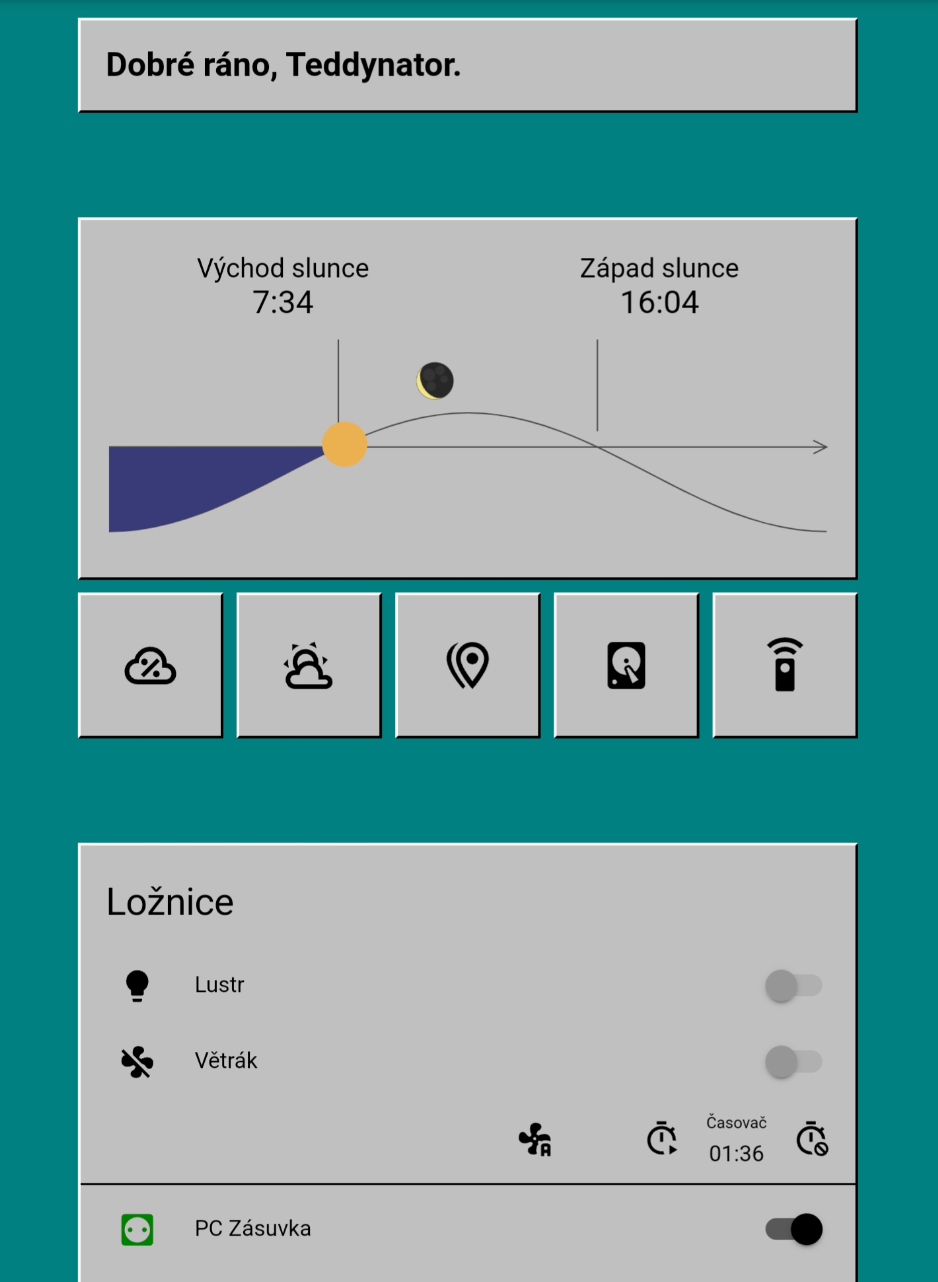
"I see you're trying to write an automation" Clippy
u/loapmail has made a retro Windows-inspired theme for Home Assistant. I can hear the start-up sound just looking at it.
In other news
- Most smart appliance makers don’t support their software for as long as you expect. I’m not surprised as the Open Home Foundation is fighting an uphill battle against the e-waste created by lazy companies. (Dan Weoclawski, Consumer reports)
- The good, the bad, and the ugly behind the push for more smart displays. What’s the difference between a smart display and a smart TV - they both sell your usage data, but one comes with a remote. (Scharon Harding, Ars Technica)
- Google is building smart home controls into Gemini. You can wait for this… or experiment with it in Home Assistant today… well actually 6 months ago. (Emma Roth, The Verge)
Enjoy this newsletter?
Forward to a friend, sharing is caring.
Anything else? Hit reply to send us feedback or say hello. We read everything!
|


